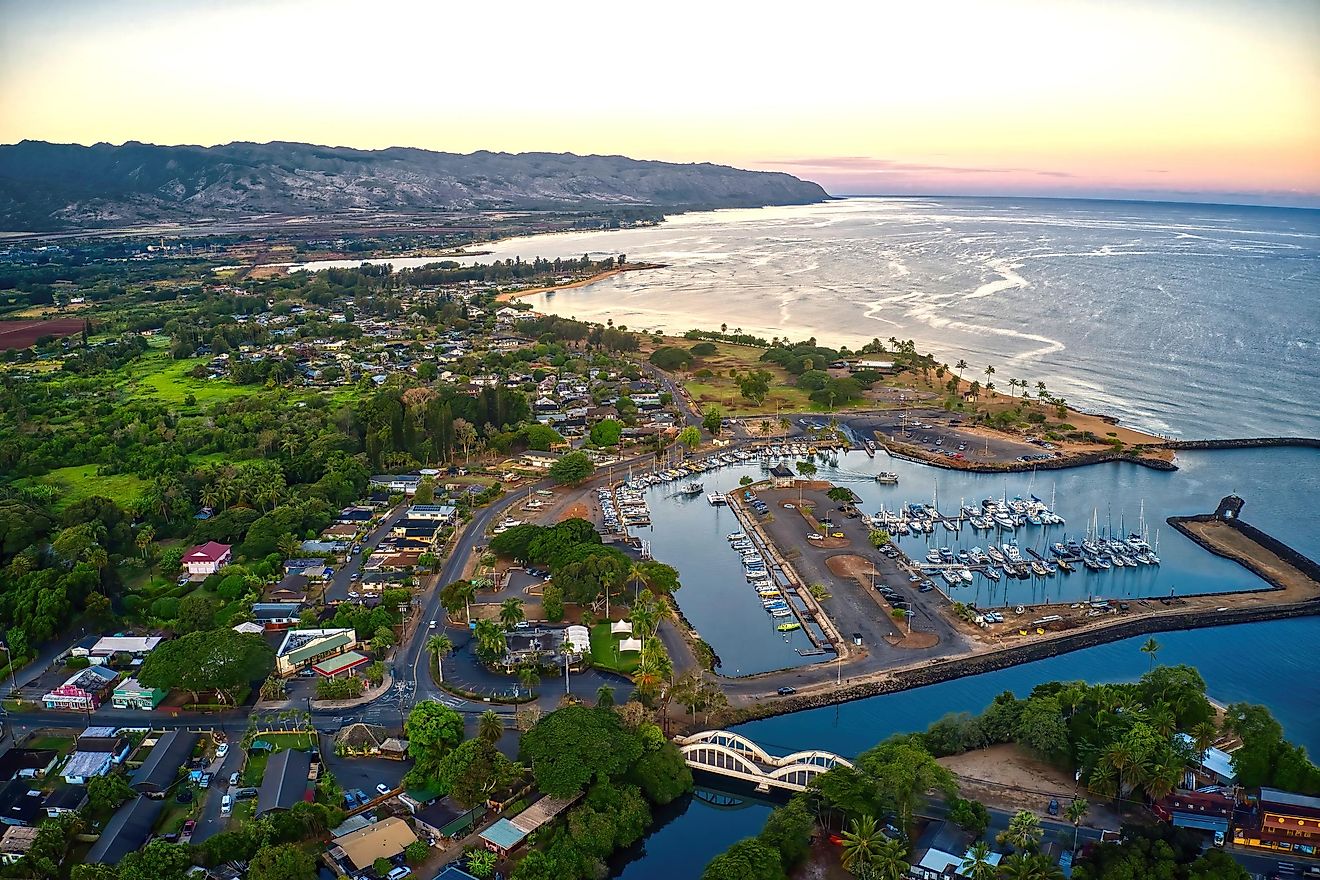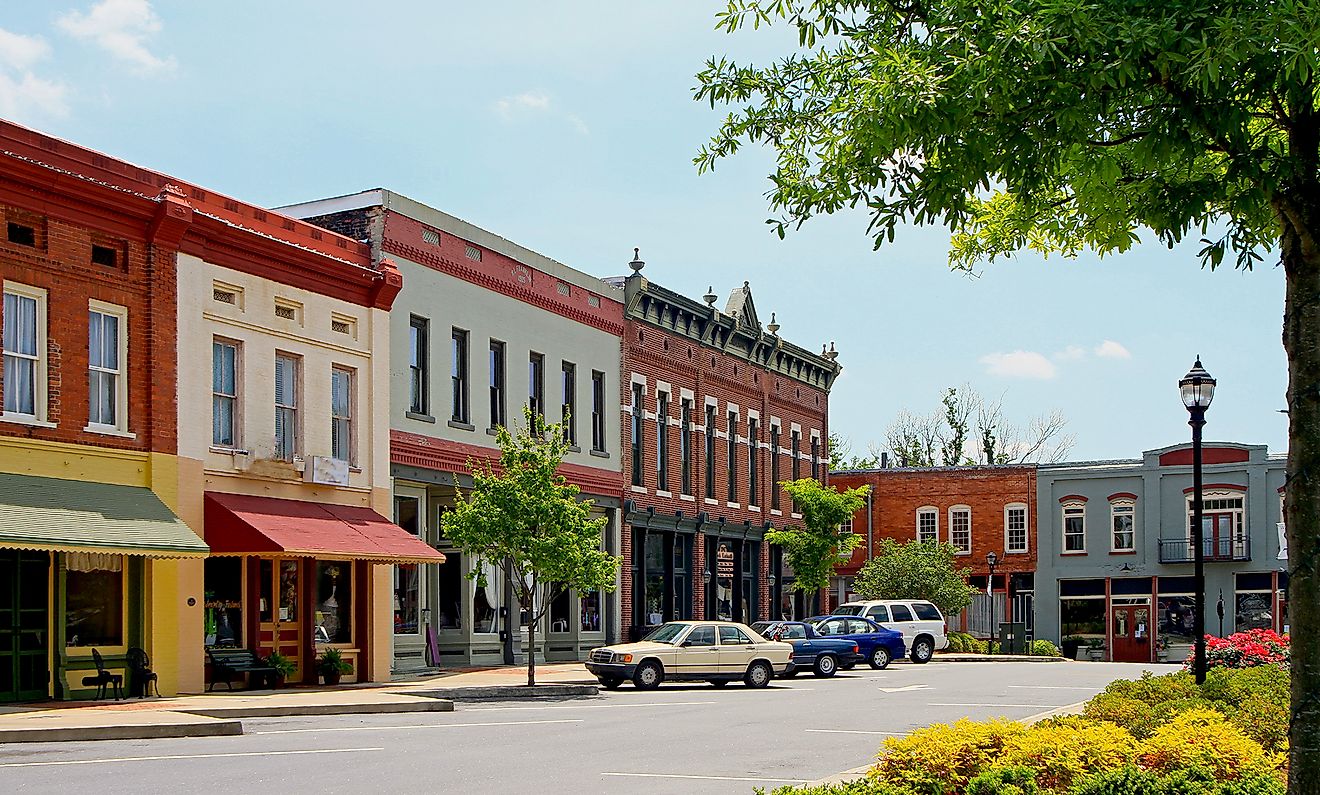
Rapid City, South Dakota
Rapid City has often been referred to as the "City of Presidents." It is considered the second-most populous city in Pennington County in the US State of South Dakota and serves as a gateway to nearby Mount Rushmore National Memorial. However, the term "City of Presidents" doesn't stop at Mount Rushmore; throughout downtown Rapid City are 42 life-sized bronze statues of other unmentioned Presidents who have served as Chief Commander of the United States. Nonetheless, before the faces of Mount Rushmore filled the Black Hills, Rapid City got its fame for another reason aside from its unique rock formations, cavernous canyons, and winding creeks. Alas, it would be the gold-rich pay dirt of Rapid Creek that led to the establishment of Rapid City and nearby historic Deadwood. This, in turn, fuelled the Black Hill Gold Rush and paved the way for Rapid City's mining industry and the charming city that stands today.
Geography And Climate Of Rapid City

Rapid City is situated within a geographic area known as the Black Hills, which is split into east and west divisions by the Dakota Hogback, an eastern fringe of the Rocky Mountains that passes through Wyoming, Colorado, and Northern New Mexico. Located close to Rapid City is the 2,207m high Black Elk Peak, which is the state's highest point as well as the highest point east of the Rocky Mountains. Rapid City encompasses a total area of 143.71 sq. km, of which only 0.2 sq. km is occupied by water, and 143.5 sq. km is occupied by land.
Rapid City experiences a temperate semi-arid climate, closely bordering a hot summer continental climate experienced in the state's northern part close to the grassland plains. Its location on the Black Hills makes its seasonal weather unique, with long dry summers and winters with a short temperature fluctuating spring and autumn. Annual precipitation amounts to 17.44 inches. Winter temperatures are milder than that observed in the northern part of the state, attributed to the Chinook winds. These warm westerly winds are common from December to February and can bring winter temperatures to 10 degrees Celsius. Although snowfall is received in the winter, it is light, with the coldest month of the year being January. Alternatively, July is the warmest month of the year, with an average temperature of 22.4 degrees Celsius.
Brief History Of Rapid City

The Lakota Sioux Native Americans roamed the lands around the Black Hills for thousands of years. By the mid-19th century, the Great Migration saw settlers taking up land. The Treaty of Laramie of 1868 prevented white Americans from entering the area around the Black Hills as it was recognized as part of the Great Sioux Reservation. Interest in this gold-bearing geological area increased with gold being discovered in nearby Custer and Deadwood Gulch. Rapid City was founded by a group of miners in 1876 and named after the fast-traveling limestone creek. The Sioux people felt their hunting lands were stolen, and the treaty that the US government and Sioux Nation laid out was being ignored. Therefore, many confrontations were documented between the new American settlement of Rapid City and Lakota Sioux Native Americans from the 1860s to the 1870s. By 1886, Rapid City became a major railroad hub and served as the eastern gateway to mining.
The Population And Economy Of Rapid City

With a population of 74,703 inhabitants, Rapid City is the second-most populous city in South Dakota. On the US list of most populous cities, Rapid City ranks at 488th. The median household income is $53,760, with a gross rent of $855. Sadly, 16.2% of the total population of Rapid City lives below the poverty line. The average age of a Rapid City resident is 37.2 years old, with 50.2% of the population female and 49.8% male. On the cost of living index, Rapid City is rated at 92.9, whereas South Dakota comes in at 88.3 overall. Rapid City has a population density of 546.99 inhabitants per sq. km.
Like other cities in South Dakota, Rapid City has a 0.0% income tax rate, whereas the US average is 4.6%. The most significant economic drivers in Rapid City are the following sectors: health care and social assistance (16.3%), retail trade (12.5%), and accommodation and food services (11.0%). Rapid City is home to the Ellsworth Air Force Base, which has 8,000 active members, including civilian employees, and houses 3,000 veterans. Here one can find 2 B-1B Lancer planes along with the 28th Bomb Wing, which has been active for 60 years and served as Strategic Air Command during the Cold War.
Attractions In Rapid City
Crazy Horse Memorial
The Crazy Horse Memorial is a carving of an Oglala Lakota Warrior, and once completed, the arm of the warrior will point towards native tribal lands. The art is commissioned by the Lakota Elder, Henry Standing Bear, and is found at Thunder Mountain, part of the Black Hills that are sacred to the Lakota Sioux people. Crazy Horse is recognized as a patriotic figure among the Lakota Sioux Native American people. Thus, his image was considered suitable to share with the nearby Presidents of Mount Rushmore. The monument is open year-round, with a laser show in the evenings from Memorial Day to the end of September.
Badlands National Park

Located an hour from Rapid City is the 244,000-acre canyon system known as the Badlands. The erosion and flooding taking place over 75 million years created the unique fossil-bearing rock deposits of today. Badlands National Park is known for many things, but among the largest are its archaeological discoveries such as an ancient rhinoceros, a skull of a saber tooth tiger, turtles shells, camels, and three-toed horses. One can come during the afternoon and drive the Badlands Loop Scenic Highway. If one stays for more than a day, one should try hiking, camping, photography, stargazing, or digging up fossils.
Today, Rapid Creek still flows through the heart of Rapid City. A reminder of how this extraordinary landscape ignited the Black Hill Gold Rush and later paid homage to its identity as the “City of Presidents” with nearby Mount Rushmore National Memorial. Nonetheless, there is much to be discovered in Rapid City, from scenic views and geological mineral deposits to fossils of prehistoric animals and dinosaurs.











